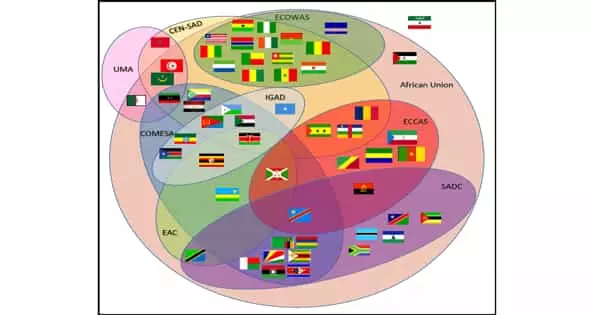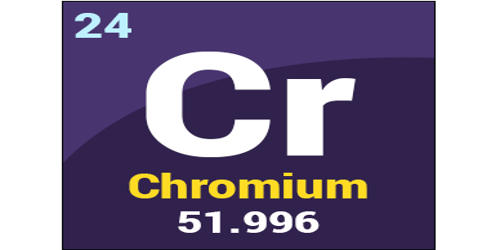Regional integration refers to a variety of political and economic agreements that strengthen ties between sovereign nations. It can also have an impact on economic development or growth. The country with the highest economic rate will have more power and authority than the other members of the country. These policies range from trade treaties to more comprehensive treaties in which individual member countries cede some of their national sovereignty to a higher entity. Furthermore, it has the potential to increase competition in the tradeable goods sector. Integration may also have an impact on capital goods prices.
The European Union is the most famous example, in which a group of countries formed a new political body, with each member state sacrificing certain powers, such as the right to mint currency.
Pros and Cons of Regional Integration –
Pros
By removing trade and investment barriers, these agreements increase opportunities for countries to trade with one another. Tariff reductions or eliminations result in lower prices for consumers in the bloc countries. The pros of creating regional integrations include the following:
- Trade creation: By removing trade and investment barriers, these agreements make it easier for countries to trade with one another. Tariff reductions or eliminations result in lower prices for consumers in the bloc countries. According to studies, regional economic integration contributes significantly to the relatively high growth rates in less-developed countries.
- Job opportunities: Economic integration can help expand job opportunities by removing restrictions on labor movement.
- Consensus and cooperation: It may be easier for member countries to reach an agreement with a smaller number of countries. Regional understanding and similarities may also pave the way for closer political cooperation.
Cons
Regional integration has a number of drawbacks, including limited fiscal capabilities, cultural centralization, the formation of trading blocs, trade diversion, and the surrender of some degree of sovereignty. The cons involved in creating regional integrations include the following:
- Trade diversion: Trade diversion is the inverse of trade creation. Member countries may trade with each other more than with nonmember countries. Because it is in a member country, this may imply increased trade with a less efficient or more expensive producer. In this sense, the bloc agreement can inadvertently protect weaker companies by acting as a trade barrier. Regional agreements, in essence, have created new trade barriers with countries outside of the trading bloc.
- Employment shifts and reductions: Companies may shift production to member countries with cheaper labor markets. Similarly, workers may relocate in search of better jobs and wages. Unexpected changes in employment can strain member countries’ resources.
- Loss of national sovereignty: With each new round of talks and agreements within a regional bloc, nations may discover that they must give up more of their political and economic rights. In the first case study, you learned how Greece’s economic crisis is threatening not only the EU in general, but also Greece’s and other member nations’ rights to determine their own domestic economic policies.
















